Amanda took it home to its source at PJM Interconnection, in the wake of Saturday's Maryland Public Service Commission Public Hearing. Amanda went to PJM's Facebook page, where she saw many posts about PJM's community involvement and a recent "take your child to work day." But there was no place for her to make a post. PJM has shut off that feature, preferring a "one-way street" for its social media presence, where only PJM may disseminate information. The only place for the public to interact with PJM on social media is by posting a comment on one of PJM's posts. And even then, those comments are "hidden" and not viewable by anyone other than their author and that person's Facebook friends. This is what Amanda posted:
PJM Interconnection why do you filter the comments on your page, why do you not allow the public to share comments or post concerns??? Don't appreciate it when the public calls you out on your lies??? After our community hearing with the Maryland Public Service Commission I am back into full fledged pissed off mama bear mode, and I have ZERO plans of backing down. The entire project is unfounded, unjust, unnecessary and provides no benefit to anyone but YOU and your own financial gain. It will be a cold day in hell before I willingly allow you to destroy my community, our homes, property or my childrens back yard.
*EDITED*, I never expected all the shares, so I wanted to write a bit more of an explanation for those who aren't aware of that's going on.
PLEASE SHARE AND TAG TO SPREAD MORE AWARENESS!!!!!
I'm reaching out to everyone single person I can and through every single avenue there is. Crazy long story short for those who have no idea what's going on. A huge multi million dollar electric company PJM Interconnection has plans to build a new high tension powerline in northern Harford county MD, Washington county MD and Franklin county PA. This is a powerline that serves no purpose, and does nothing to benefit the general public, only the big power companies will reap the benefits. To make matters worse, there are existing underutilized towers that could solve the problem, without having to build a new transmission line. Currently they have plans to enforce eminent domain (steal our land) to build this line, and plan to disrupt homes, farms, orchards and small businesses. They have intentionally chosen farms in agricultural preserve because the land is "cheaper", and hold "less value", so therefore more cost efficient for them to steal. Unfortunately if the state allows this to happen, it will set a precedent that huge money hungry corporations can steal land from whomever they chose for their own financial gain. Does this directly impact you now ?? Maybe not, but I certainly never thought I'd be facing this issue, but here I am. Please Help spread the word. Share share share and share again!! They currently plan to go directly through my husbands great grandparents farm that we were blessed to have been able to build our dream home on, the land that we thought would allow our 3 small sons to safely grow, learn, play and explore. This project, if approved is going to ruin those hopes and dreams. So please, help make this issue known, and spread the word.
Here's what PJM thinks it does:
So, like Amanda asked, share. It's time for every one of those 66 million PJM customers to let their "needs" be known.
To learn more about Amanda's story, watch this video.
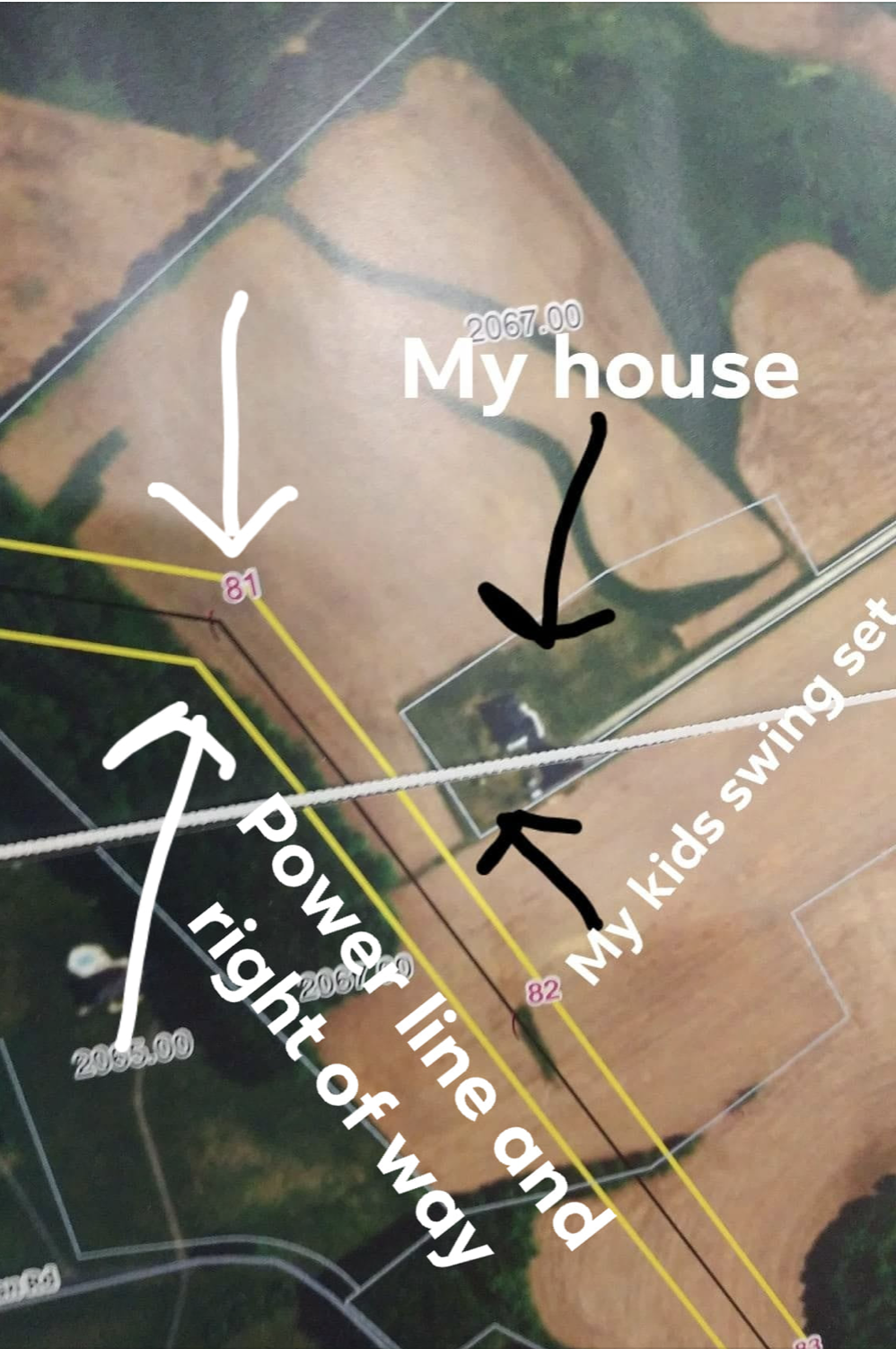
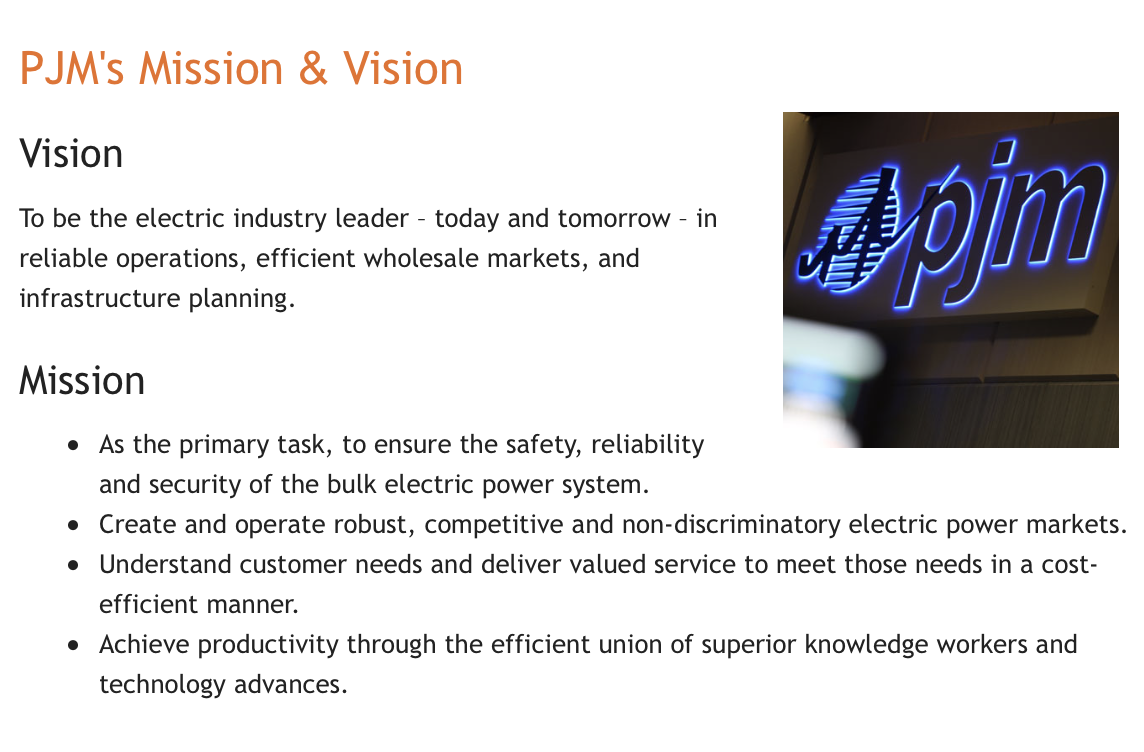
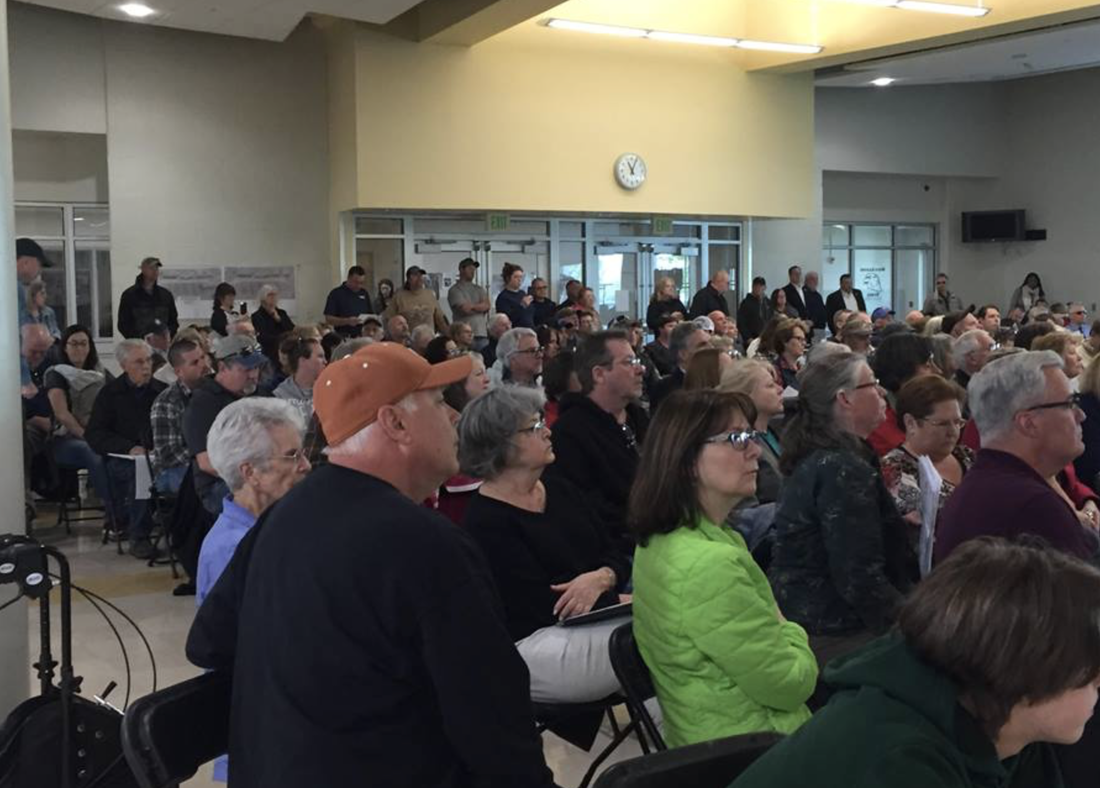

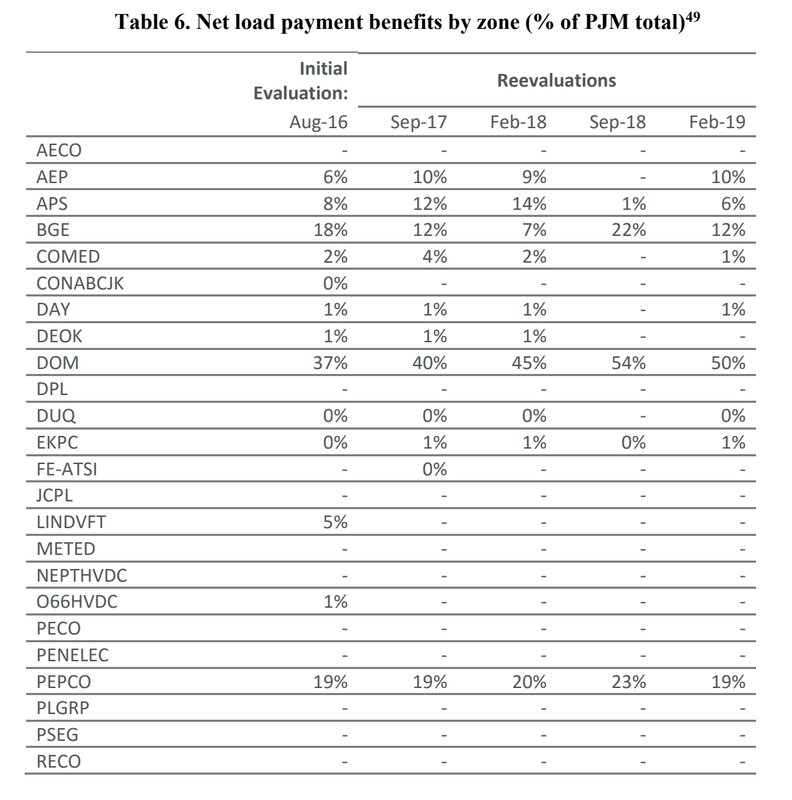
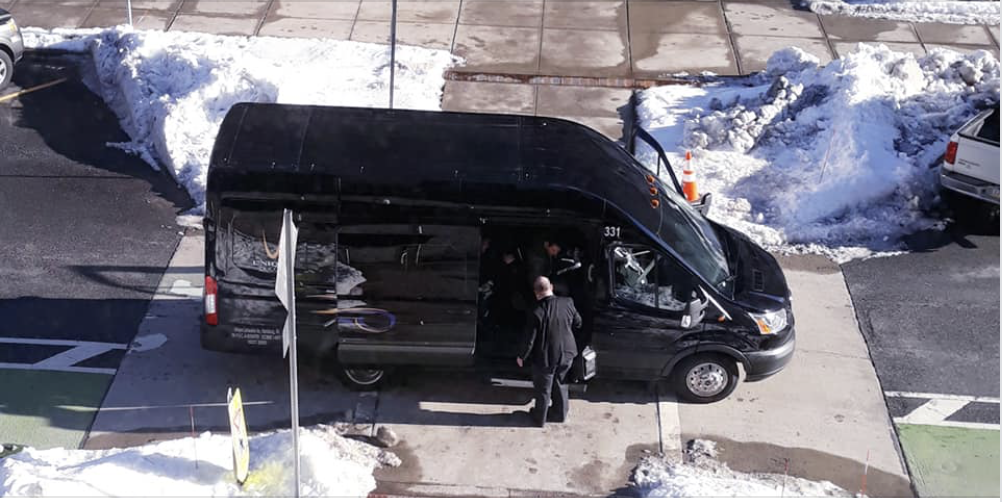

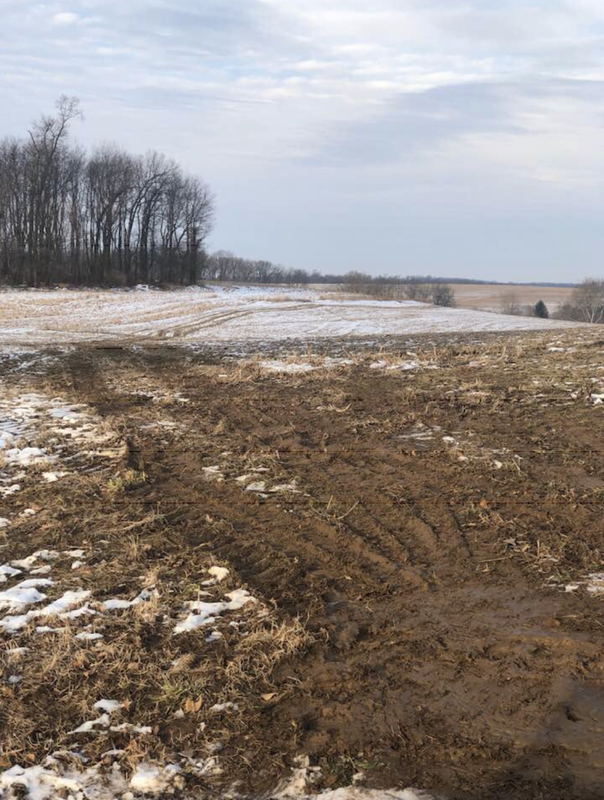
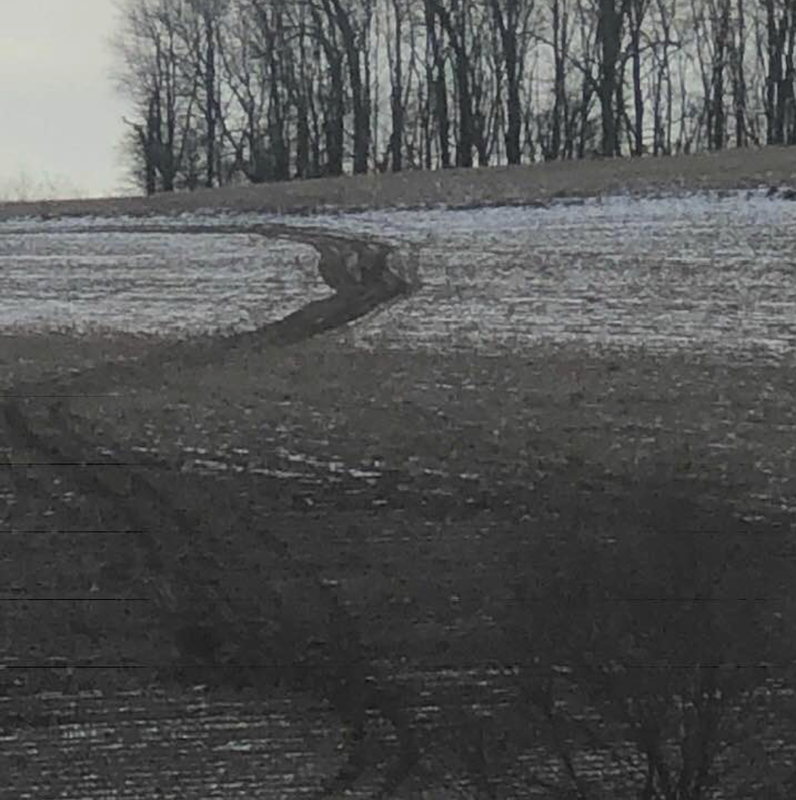

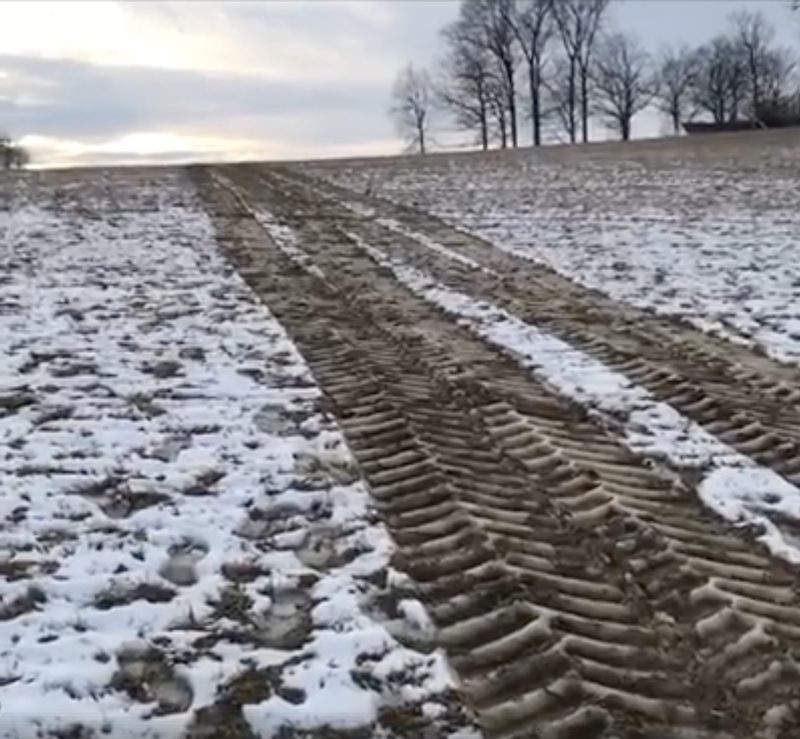




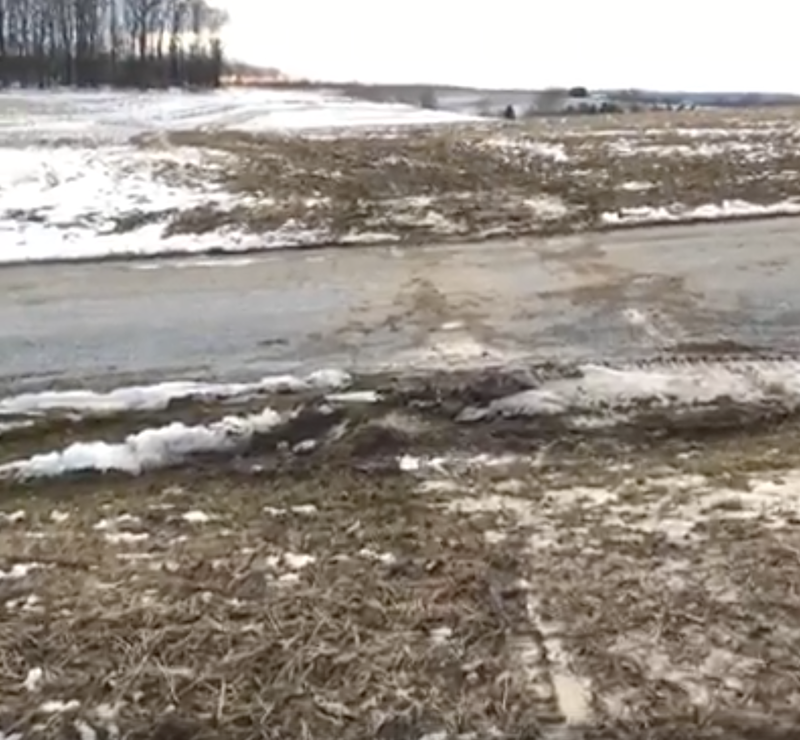
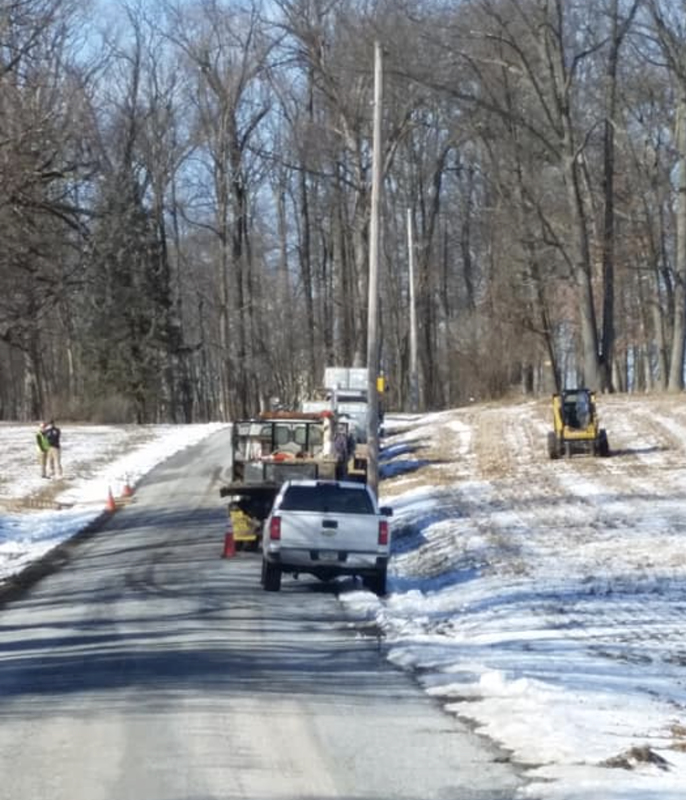
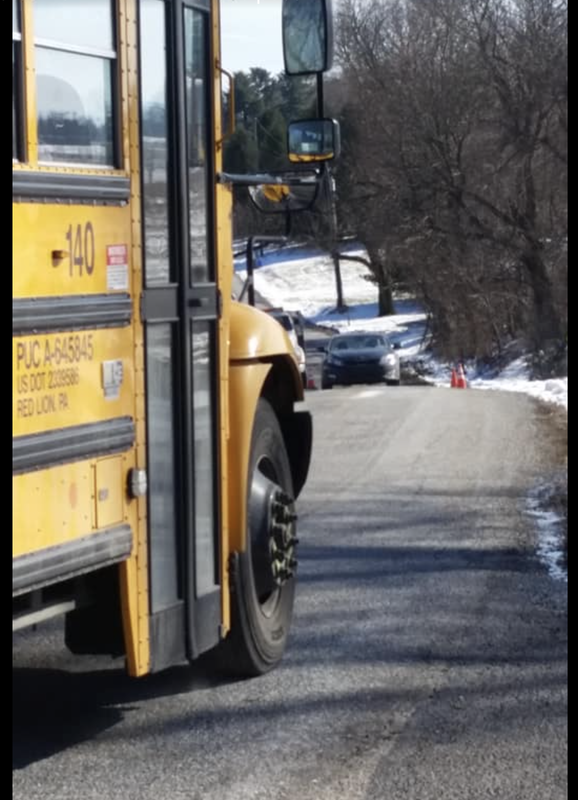
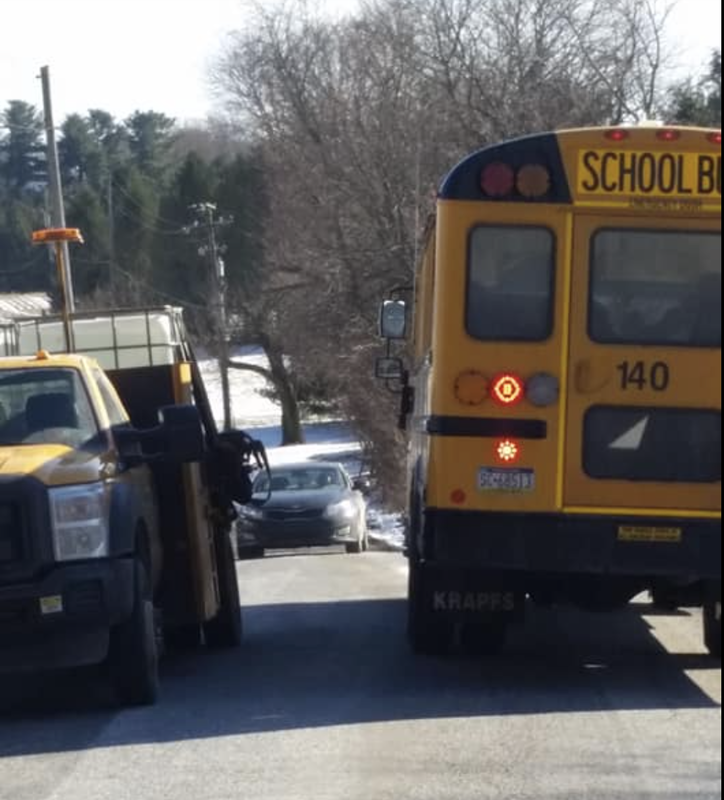





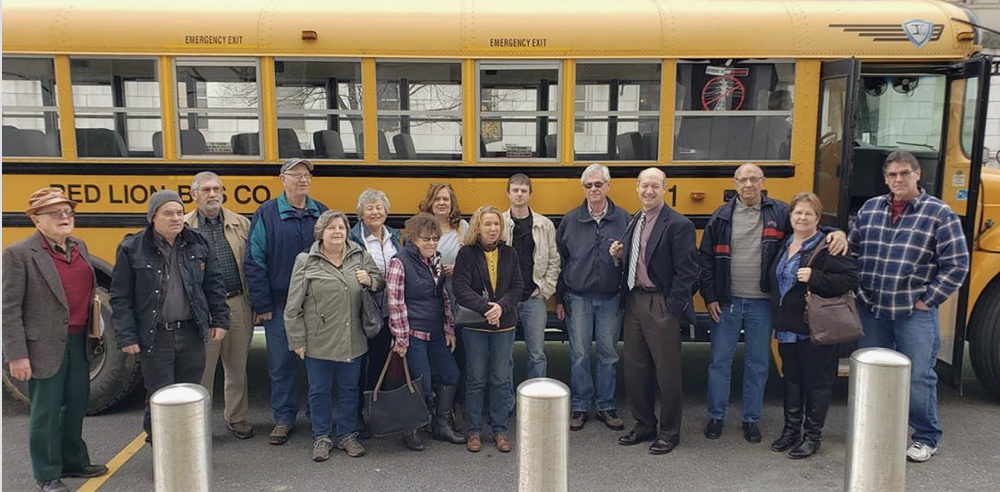
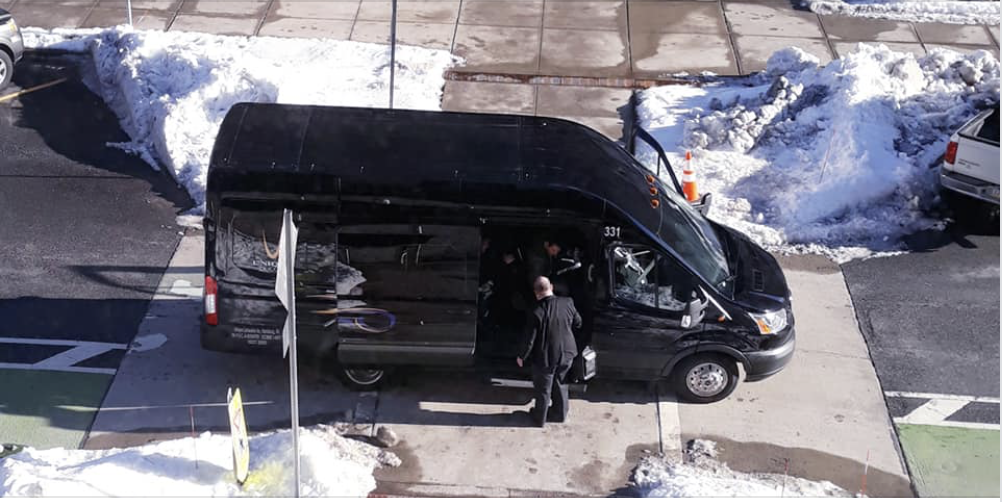


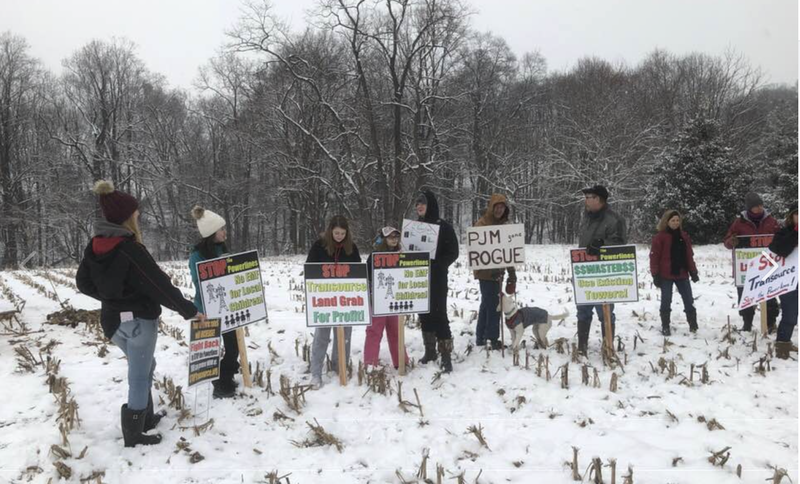
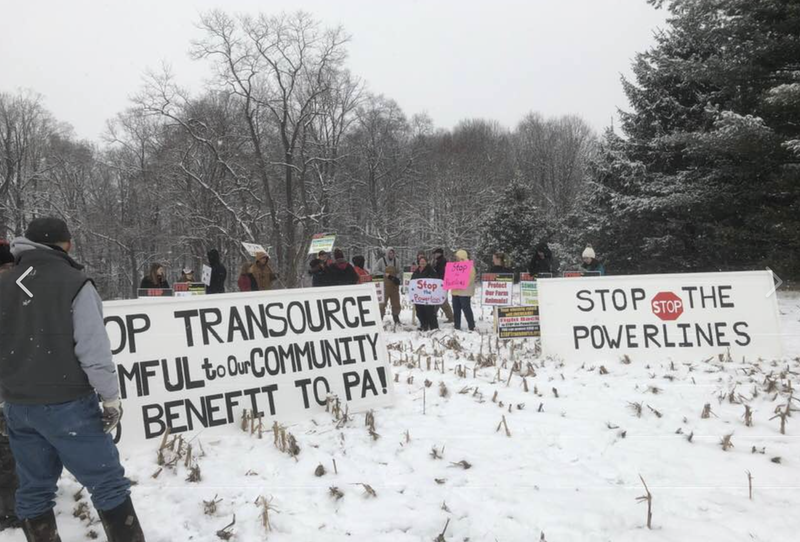
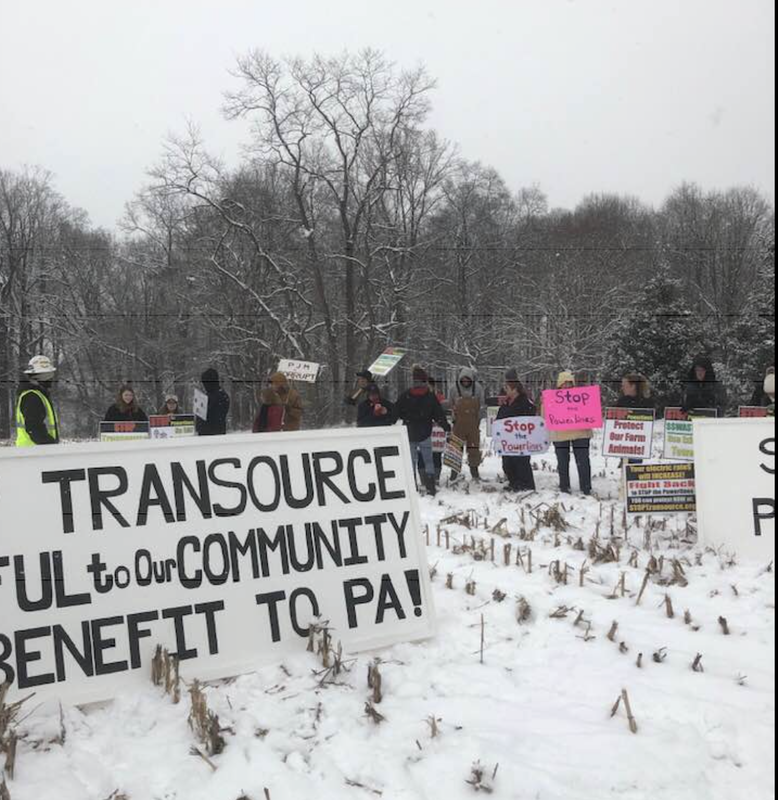
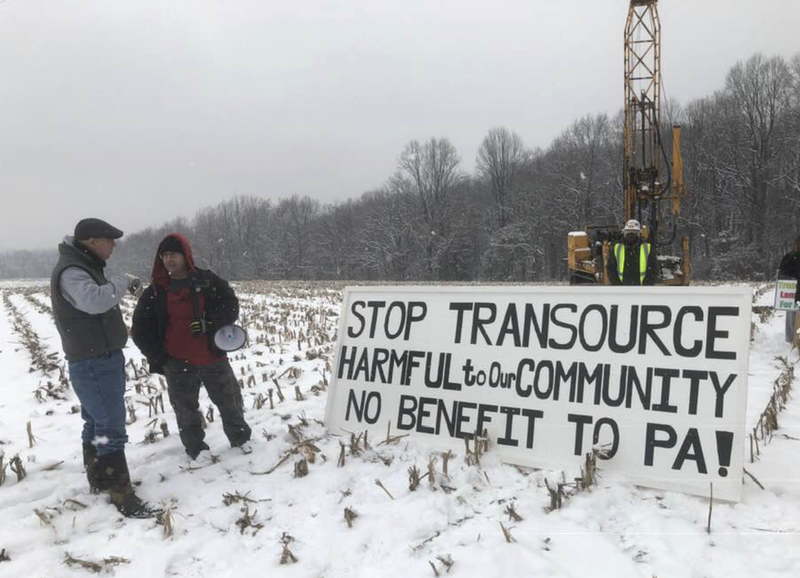

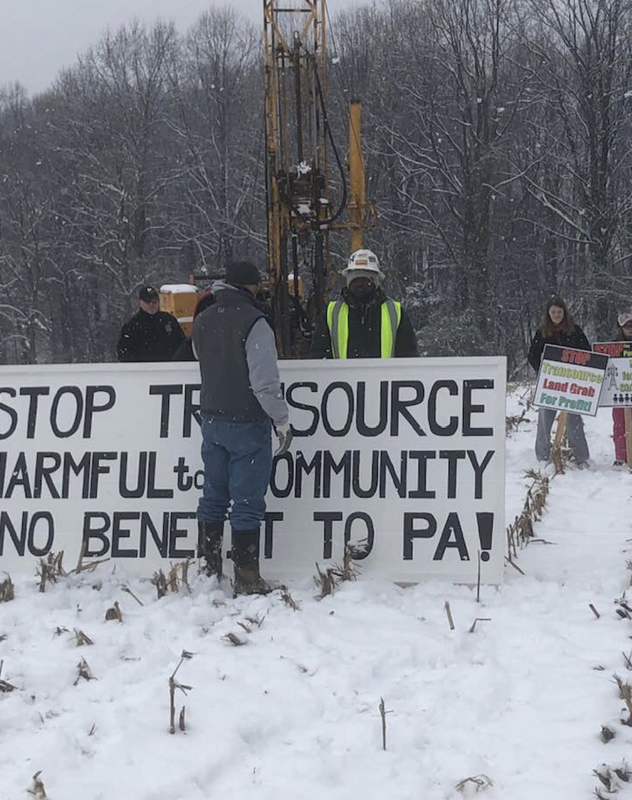
 RSS Feed
RSS Feed